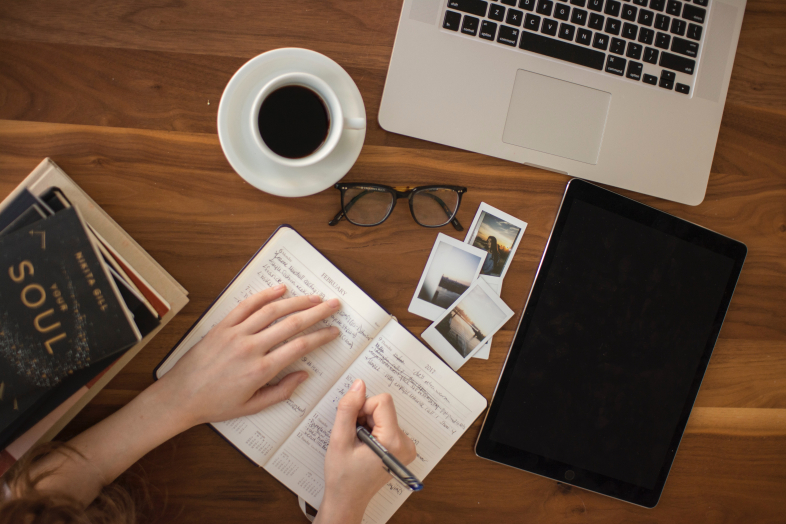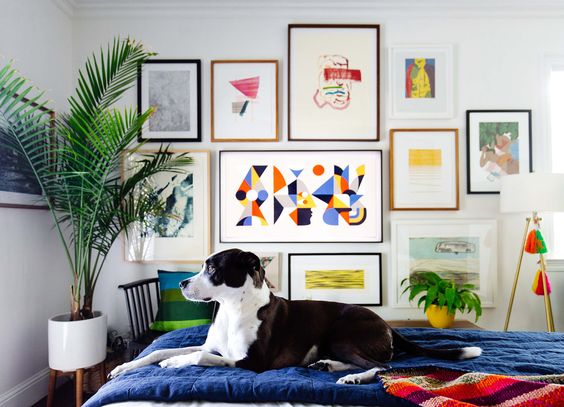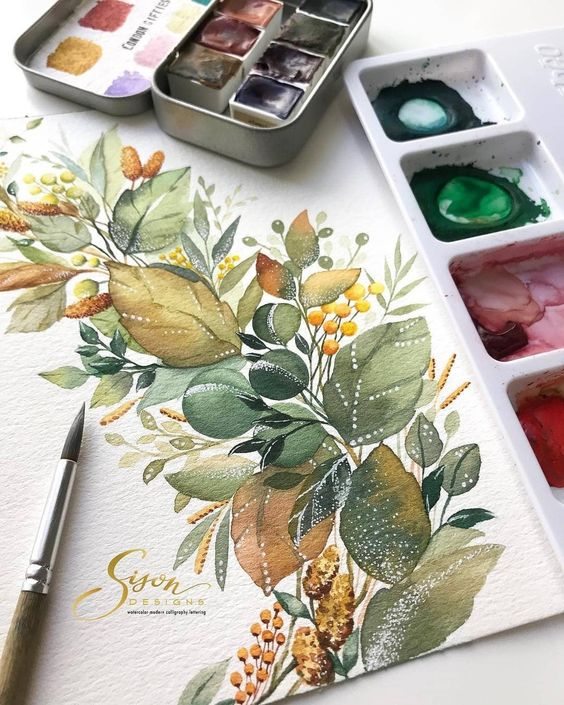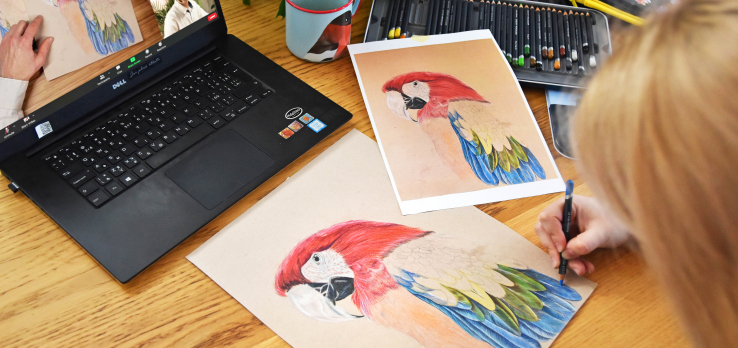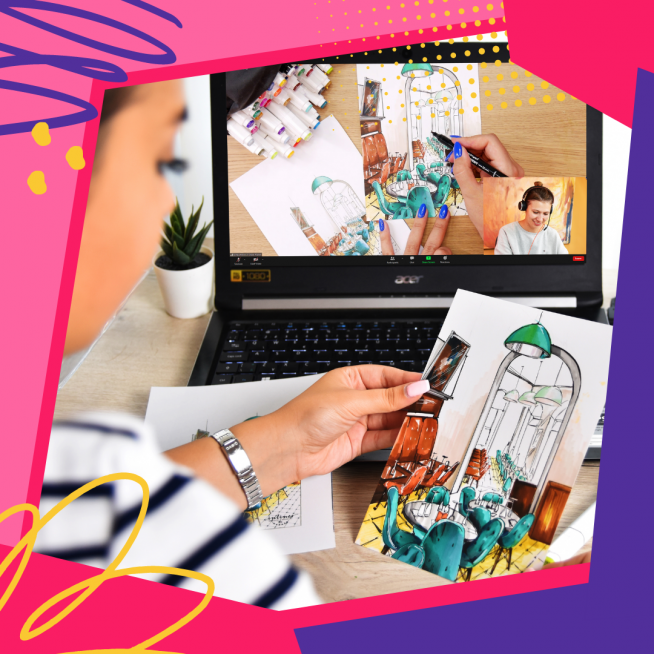12 tips for shooting better portraits
16. February 2022
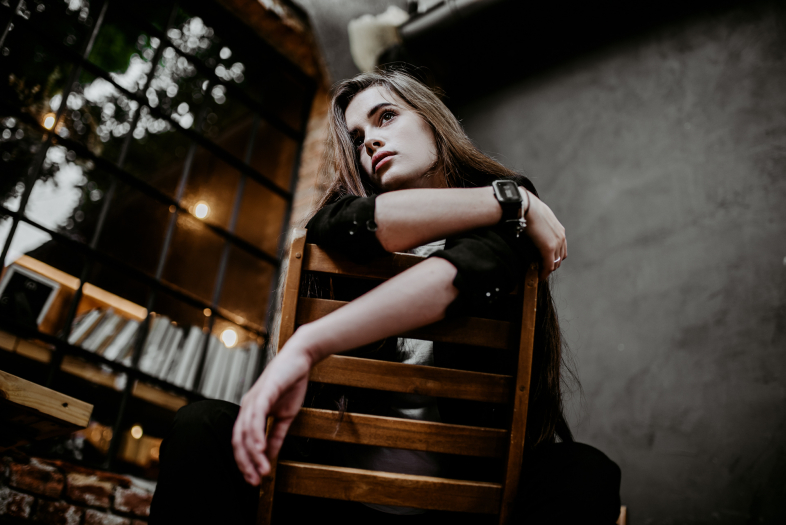
Everyone wants to look great in pictures, but not every photographer knows how to take a good portrait. That’s why we put together a list of 12 tips on various aspects of photography to help you take better portraits, from lighting to lenses. Make your portraits look amazing!
Use natural lighting

If you are working inside, have your model sit close to a big window – diffused light smooths out hard shadows and creates a more attractive image (unless the light is shining directly into the window). Have your model turn their face toward the light – it’s important to make sure that the face isn’t hidden in the shadow. Make sure to turn off all artificial light as well, otherwise there will be a yellow tint to your pictures.
Don’t take pictures in bright, direct sunlight

Working with bright sunlight is extremely difficult – your model will probably tend to squint, and there will be ugly, hard shadows on their face too (see pictures above). It is much easier to take pictures outside when it’s overcast, or when the sun is lower. If you still decide to take pictures on a sunny day, make sure to pick a shaded spot.
Master hard light

If you are taking your pictures on a bright, sunny day and there is no source of shade anywhere, use diffusers to soften the light. Diffusers are translucent and they come in a variety of shapes and sizes. Foldable oval diffusers are the best option – they are easy to install and transport. In the left picture, the diffuser was placed at an angle above the model’s head. You can also make a diffuser at home using white paper or white cloth.
Use low aperture
Well-known advice for portraits is using a low aperture to create a blurry background and bring more focus to your subject. Many DSLR and non-DSLR cameras will allow you to manually adjust the aperture (f). The lower the number, the bigger the lens opening, and therefore more light coming through and reaching the sensor. The higher the f number, the smaller amount of light can enter the lens. You can achieve a similar effect using your phone’s camera too – look for portrait mode on an iPhone and for Selective focus options on Samsung phones.
Avoid wide-angle lenses

Taking a portrait with a wide-angle lens can distort your subject, making it look funny. So, if you aren’t looking to add a surreal effect to your photos, make sure to use a lens with a focal length above 50mm, unless you are taking your pictures from several meters away (to minimize the distortion).
Use reflector panels

Using a reflector panel will significantly improve pictures taken in natural light. Just like diffusers, they come in a variety of shapes and sizes. They are also cheap and easy to transport, and you can even use a white surface or aluminium foil as a makeshift reflector panel.
The left picture shows how a well-placed reflector helps soften the shadows on the model’s face (in our case, the reflector was above her head). Also notice the spark in her eye created by the reflected light!

Use a telephoto lens
If you set a low aperture but your background remains sharp and unblurred, the problem is most likely caused by the focal length being too short. Telephoto lenses are actually great for portraits thanks to their ability to compress the space and make the background blur more intense. The higher the focal length, the blurrier the background.

Use an external flash
Using your camera’s inbuilt flash isn’t the best option for portrait photography since the flash creates a sharp, direct light that makes photos look flat and dull. If you want to use artificial light, get a flash that can be used separately from the camera. The majority of DSLR cameras are compatible with external flashes that can also be connected remotely, with a cable.
You can also keep the flash on the camera but instead of pointing it directly at your model, point it towards the wall or the ceiling – the reflected light will be much softer and better for portraits.

Don’t forget the surroundings
Placing your model in a good, interesting spot is a great way to add depth to your photo – both literally and figuratively. Think about what kind of environment would be the best fit for your subject’s personality. Street graffiti will work great for a street artist, while a natural backdrop will be a good fit for fans of the outdoors. Make sure there are no wires, fences, or other unwanted obstacles in the viewfinder before you take a photo.

Help your model feel relaxed
Most people are shy and don’t feel comfortable in front of the camera. As a photographer, you need to be able to help them relax. Tell a joke (be careful not to touch a sensitive subject), put on some music they like or offer them a refreshing drink.

Take pictures outside
The best and the most interesting portraits come to life when your models are in a familiar environment, allowing you to capture them during their daily life. It’s this type of portrait that has made Stephen McCurry, Mary Ellen Mark, and Lauren Greenfield famous. Try to just go with the flow of whatever activity you are doing instead of getting people to pose for every photo; try capturing people’s portraits when they are at home or doing something they love

Choose interesting models
You will probably agree that boring people make for boring models and boring pictures. If you want to expand your portfolio, ask your photogenic friends, relatives or acquaintances to pose for you! And if you are more into documentary photography, pay attention to interesting characters you meet when you travel or on the streets of your hometown.

Want to learn more? Join our new photography course to get professional guidance and many, many more amazing photography tips and tricks!

